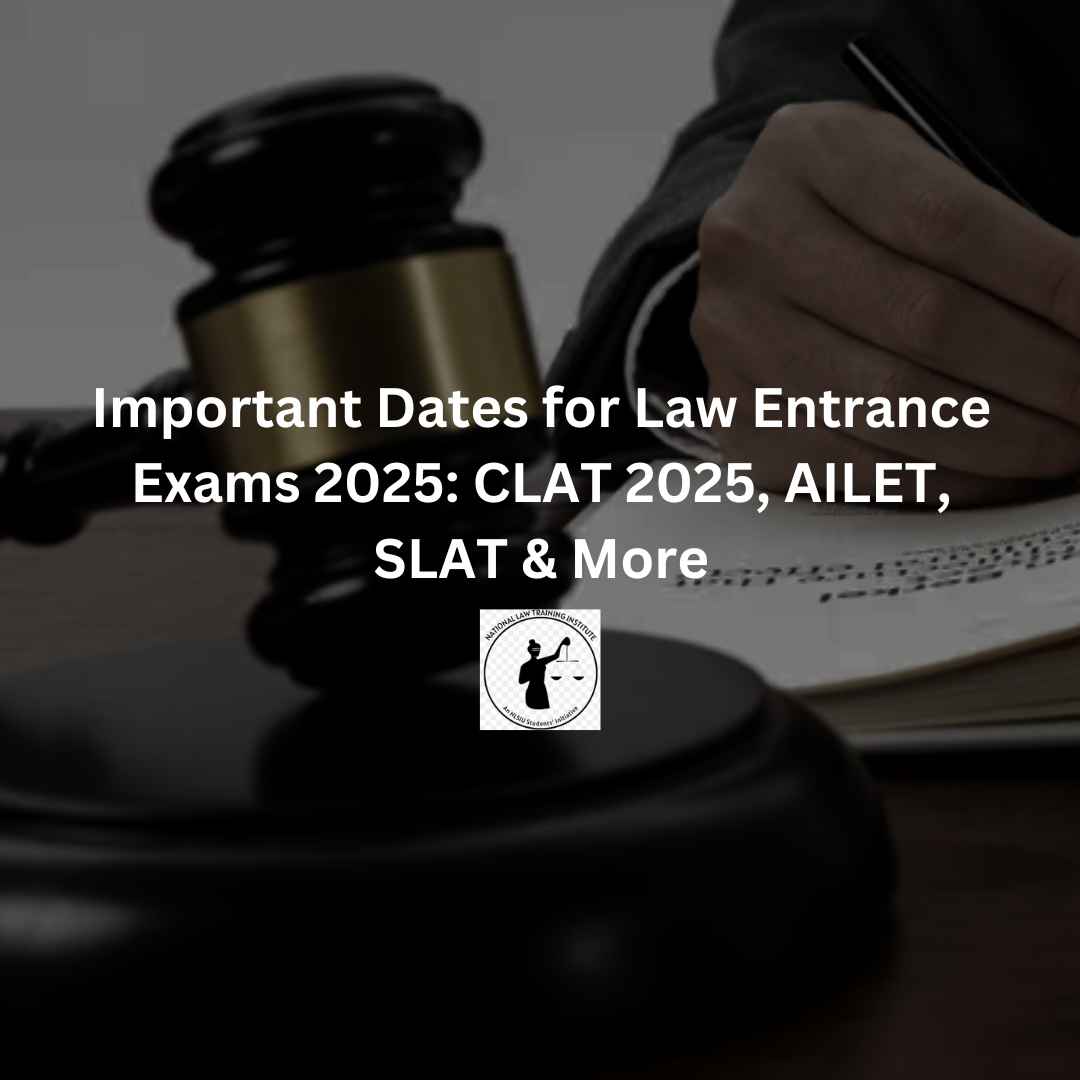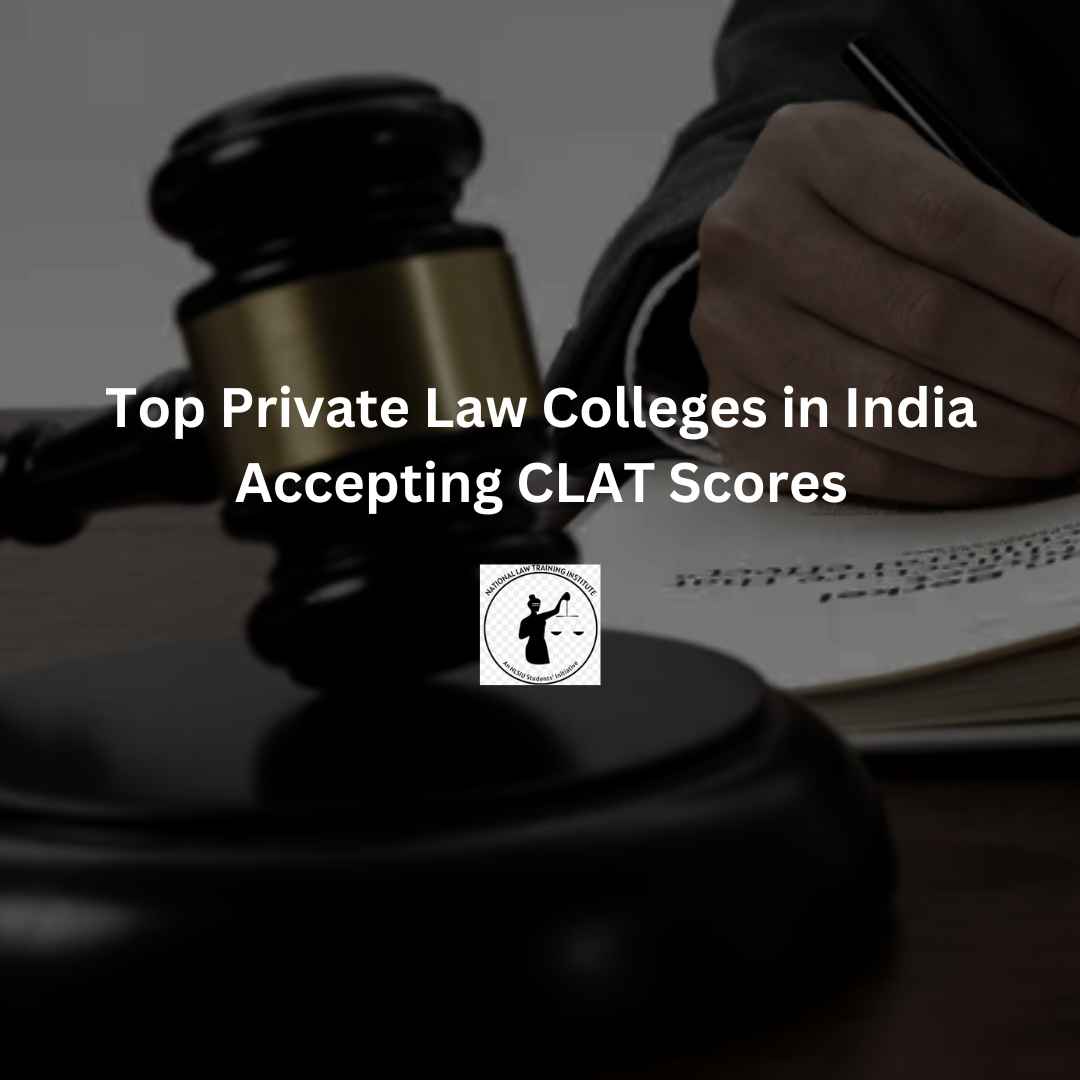CLAT: A Meritocracy awaited by many
The CLAT is indisputably the most important gateway to Indian legal education. Students pour tens of thousands of rupees and years of their time to crack this two-hour test. The question must arise then; who is selected for the most prestigious NLUs?
This article shall demonstrate that the CLAT employs methods that are detrimental to meritorious candidates and that the field of legal education structurally favours the affluent.
I . A Qualitative Analysis
i) Current Affairs: A tryst with inconsistency
The most glaring flaw in the CLAT papers is the erratic nature of the pattern. Since the Consortium of NLUs introduced a new pattern in 2020, the papers since then have vastly differed in terms of syllabi and substantive material. This year's Legal Reasoning and Current Affairs deviated from the established patterns of the Consortium's Sample Papers and CLAT 2020. This inconsistency not only hinders every student's ability to prepare efficiently but also affects the study material crafted by coaching centers- most students' primary source of learning.
While the Current Affairs section was purported to advance the understanding of contemporary affairs, it ended up doing the opposite. A substantial number of questions were based on "static knowledge". The paper tested bare facts and dates, an arbitrary setup in the light of a legal examination designed to test aptitude and understanding. Such a precedent will only promote rote learning, considering the hefty weightage assigned to the Current Affairs section. Many have even referred to this as the "make or break" section.
Illustrations of the same are the following questions from CLAT 2021:
55. Sheikh Mujibur Rahman was assassinated on _______
(A) August 15, 1960
(B) November 15, 1975
(C) August 15, 1975
(D) November 15, 1960
62. The World Wetlands Day is celebrated on
(A) February 15
(B) February 6
(C) February 2
(D) February 28
While one could argue for the necessity of historical and static knowledge, one must also question the extent to which this argument could be stretched.
ii) Logical Discrepancies
A bare reading of the most prominent and acclaimed international examinations of law such as the LSAT would demonstrate that the quality and standard of CLAT questions are problematic.
In contrast to the CLAT, which makes a minimum of 5 qualitative errors 1 each year (this is a grossly conservative estimate), the LSAT has made 7 errors since its inception in 1991.
The erratic nature of the pattern also affects the logical analysis that a student must carry out. In some questions, an application of strictly formal logic may point to a different answer, while a flexible and inferential logical analysis may point to another. The CLAT hosted dubious questions of this kind in 2020. The ambiguity in questions and their respective patterns leads to this dilemma.
The following is an illustration from CLAT 2020:
128. Identify the implicit assumptions in the following statement:
Statement: Go by Aeroplane to reach Delhi from Chennai quickly.
Assumptions:
I. Chennai and Delhi are connected by Air service.
II. There is no other means to commute from Chennai to Delhi.
III. The Air distance between Delhi and Chennai is less.
a) Only I is implicit.
b) Only I and II are implicit.
c) Only I and III are implicit.
d) Only II is implicit.
CORRECT ANSWER: OPTION C
An application of elementary logic tells us that Assumption(III) is inapplicable since it is may not be the case that the distance is less, but that the plane is simply faster. Additionally, it uses "less"- a relative term in the absence of a comparison. Lesser than the distance travelled by which medium of transport? It remains unclarified. This further elucidates the problem of formal logic versus flexible logic and the ambiguity in questions.
The CLAT also has a notorious history of copy-pasting questions from well known books. This practice hinders fairness and degrades quality.
iii) Quantitative Aptitude and its astonishing errors:
CLAT 2020 and CLAT 2021 hosted Quantitative Aptitude questions based on the application of basic mathematics. And yet, both papers have produced disastrous sets of questions. This year, students and educators claim that 2 question sets ( consisting of 4-5 questions each) were inherently faulty, and that "the percentages didn't even add up to 100". Last year, out of several disputed questions in Math, the Consortium acknowledged and omitted 3 questions. It seems deeply troubling to know that the test meant to sort out the most meritorious Indian students can err in formulating elementary numbers.
II. Logistical Issues
i) COVID-19 and Test Centres:
At a time when the SC dismissed postponement petitions7 and assured adherence to pandemic protocol, test centers turned out to do the opposite. Some test centers hosted more than 1500 students, and yet students report that a few were seen without masks, while social distancing was practically absent. Nevertheless, adherence to protocol is subject to the test center and some centers reported "excellent" 3 adherence.
ii) Insufficiency of Time and the Question of Fairness:
Incorrect questions in the quantitative aptitude section lead students to presume that their calculations are faulty. Even if the faults in such questions are acknowledged and omitted, the time that the student spent cannot be accounted for, since the time spent on a lost cause could have been spent on another question.
For some, the formalities of verifying identity and checking the student's temperature were done during the examination, causing some students to report having lost 5 minutes while others reported having lost up to 10. The disparity in available time may drastically affect a student's rank.
Although most report that test centers started promptly at 2 p.m this year, earlier versions of CLAT faced allegations of unfairness and some students are seen attending the test as late as hours after the official test time elapsed. There are videos on Youtube that corroborate the same. The test has a history of being mired in allegations of this kind. 5
III. The Preparation Stage and its Inherent Bias:
i) Financial Limitations:
A student who is fresh out of high school and is seeking prospects in the legal field is inevitably steered towards a coaching institute. To them, it is presented as an absolute necessity, without which their chances of doing well in the CLAT are abysmal.
This is due to the sheer preponderance of aspirants enrolled in coaching centers as well as efficient marketing at the end of these institutes. The average coaching institute may charge anywhere from Rs.10,000/- for a set of papers and study material to 1,00,000/- for a full-fledged two-year course. To a student, their primary source of learning is these materials, coupled with the sample papers released by the Consortium of NLUs. Considering the fact that the sample papers are a severely limited source for practice, nearly every student relies on these coaching institutes.
Due to the limitation of available material, students who are in a financial bind try to scrape through with limited or no material, often without success. This is evidenced by the fact that 87% of students in the top 5 NLUs received expensive training at coaching centers, while over 50% were from families whose average monthly income exceeded Rs. 1,00,000/-. 8
There are admirable initiatives that attempt to ameliorate this, such as the non-profit organization Increasing Diversity by Increasing Access to Legal Education (IDIA) 6 that provides scholarships to students who have performed well in tests, but when students are unable to obtain material to perform well, the only thing that can bring about substantive change is a systematic one.
ii) Study Material at coaching institutes: The need for quality and accessibility
Even though most institutes attempt to keep abreast of the latest pattern, the result of these attempts is shoddily drafted mocks, each of which implicitly endorses different methods of logical analysis. A perusal of a compilation of these will result in the student being unable to grasp the fundamental patterns and themes of the CLAT examination. Additionally, this material often suffers from a dire deficiency of quality and a lack of meticulously drafted questions. Some mock tests furnished by institutes even feature rudimentary grammatical errors and blatantly incorrect logic, a testament to the inadequate effort invested in these tests. Since a handful of institutes dominate the market and most students pay a lump sum before obtaining these tests, they have no option but to brush it aside and move on. The institutes often function like businesses and personalized mentorship is a rarity reserved for the financially capable.
Further, many institutes focus on aggressively marketing their new programs that constitute hastily drafted work. Many students would go so far as to call it the "corporatization of education". These factors compound, resulting in poor growth in aptitude and in the critical thinking skills necessary for CLAT.
IV. What Can Be Done?
There exists near-unanimous agreement among students that the Consortium must play a more active role to assist students preparing for the CLAT. It must go beyond providing a handful of sample papers; reference material, mock tests, and conceptual learning must be provided in order to facilitate greater accessibility. The formation of a centralized database providing the relevant reference materials can go a long way in removing financial hurdles. A report in The Hindu highlights the legal field's need for diversity, which can be addressed if students are reached out to at the grassroots level of education for the CLAT.
There exist commendable initiatives by students of NLUs who work on a non-profit basis or provide cogent and iron-clad study material at nominal prices. However, the Consortium's involvement has the potential to level the playing field altogether.
The Consortium must also focus on the CLAT's track record of producing qualitatively deficient papers and ameliorate this through drafting that is far more diligent and consistent.
Hopefully, every student who leaves the examination hall can walk out with the score they deserve.
Author: Prem Vinod Parwani (AIR 1 LSAT, AIR 2 AILET and AIR 16 CLAT 2022)






